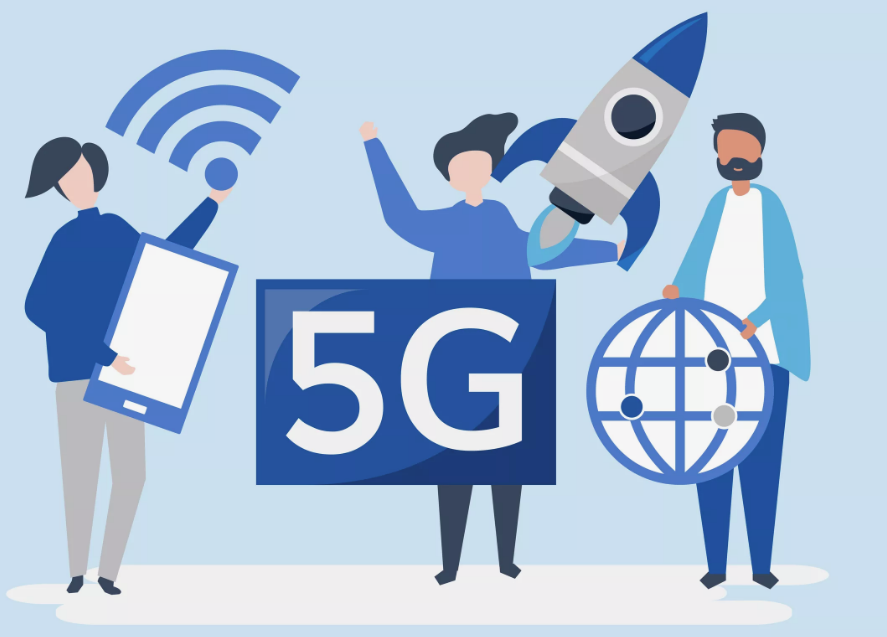
Second only to consumer devices, IIoT (Industrial Internet of Things)* devices make up a large portion of available 5G products. IoT covers a wide range of products. Though, IIoT devices, and even more specifically, those geared for use with 5G, mainly refer to factory type devices – things like industrial sensors, robotics, and augmented reality/ virtual reality.
In a recent survey conducted by Molex with research firm Dimensional Research, a question was asked what they thought the primary use case for 5G would be – specifically within the IoT and IIoT markets. 45 percent of respondents said robotics while the rest ranged between logistics, factory automation, process control and smart power grid.
Now, why exactly would 5G be so beneficial to these different IIoT markets? Most conversation is centered around bandwidth, but surely there must be more to it? Low Latency of course is another reason – you wouldn’t want your robot to be out of synch when it’s building your hardware, right?
Power efficiency is also a benefit of 5G. This includes multiple features to reduce power consumption, such as extensive use of sleep modes when there is little or no data transmission. In technical terms – specifically watts-per-bit of data – 5G is up to 90 percent more efficient than 4G networks. For battery-powered IoT devices, this can make a big difference in how long the devices can operate between charges.
Frequency matters too because we’ve got such a wide range of frequencies that 5G operates over. With low-band to high-band, keep in mind that higher frequencies can carry more data. This means, 5G can use millimeter-wave (mmWave) frequency bands above 6 GHz to achieve its high bandwidth. Surely there’s a downside right? Of course! These high frequencies also mean that the signals are degraded more easily by objects, walls or other obstructions. This in turn means more base stations or “small cells” are needed to fill gaps in the current coverage.
The mmWave signals also require technologies such as beam forming and steering to cope with signal degradation, which adds cost and complexity. To support these technologies, 5G networks will require more complex antennas when compared to 4G, both on base stations and connected devices. These antennas must be re-designed and optimized to provide the right features and performance.
In addition to the networks themselves, it’s clear IoT devices need to be optimized for 5G connections. Other aspects will require re-design to maintain performance – such as connectors to microcontrollers.

